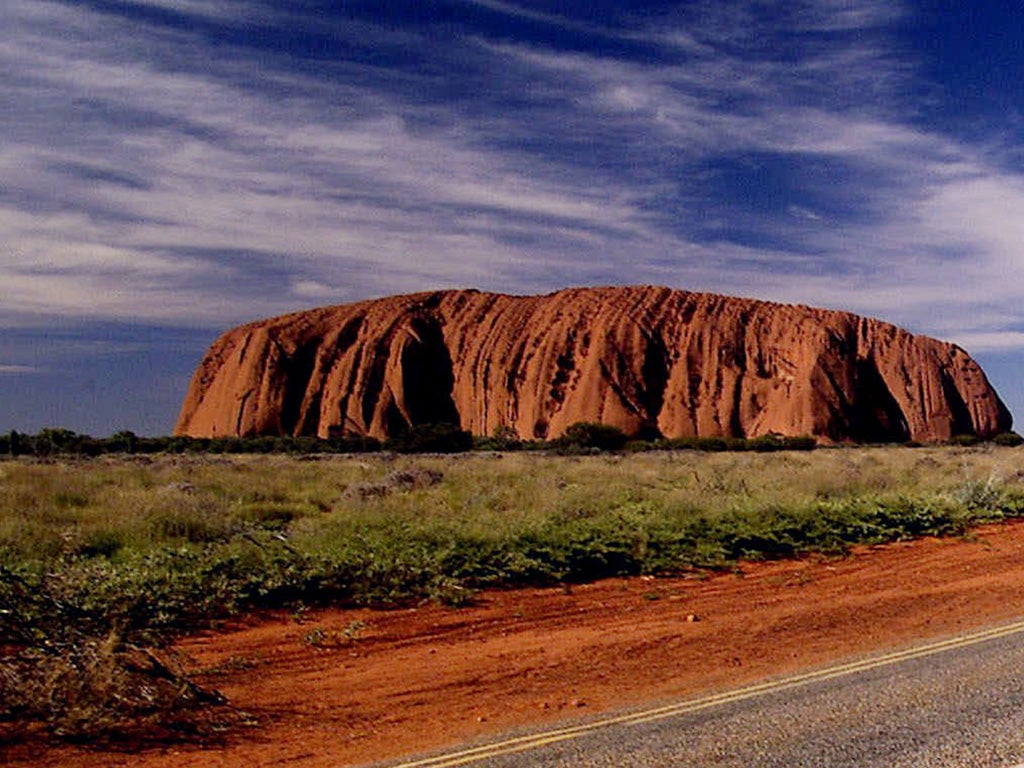Three Australians rescued from Uluru despite Aboriginal pleas not to climb sacred rock
Young men become stuck in a crevasse after straying off official path

Your support helps us to tell the story
From reproductive rights to climate change to Big Tech, The Independent is on the ground when the story is developing. Whether it's investigating the financials of Elon Musk's pro-Trump PAC or producing our latest documentary, 'The A Word', which shines a light on the American women fighting for reproductive rights, we know how important it is to parse out the facts from the messaging.
At such a critical moment in US history, we need reporters on the ground. Your donation allows us to keep sending journalists to speak to both sides of the story.
The Independent is trusted by Americans across the entire political spectrum. And unlike many other quality news outlets, we choose not to lock Americans out of our reporting and analysis with paywalls. We believe quality journalism should be available to everyone, paid for by those who can afford it.
Your support makes all the difference.Three Australian men have been rescued from a crevasse on the Uluru rock formation despite Aboriginal pleas for people not to climb the sacred site.
The men, all aged 22, were recovered after rescuers abseiled 320m down to them in strong winds. The trio had strayed off the official tourist path at the site, also known as Ayers Rock.
Due to the location of the crevasse, rescuers were not able to climb up to them.
As a result, the rescue team were carried by helicopter to the top of Uluru, which is 348m high.
Alan Leahy, from the Northern Territory Emergency Service, said: "Due to the fading light and lack of anchors, the rescue effort was slow and methodical
"We abseiled about 320 metres to the stranded men. There were very strong winds that kept on tangling the rope."
The seven members of the rescue team were armed only with head torches to find the stranded men as the light faded, according to AFP.
NT Emergency Service's southern regional manager Claire Barker told ABC: "Where they were situated was very steep and we couldn't get them to climb up from where they were, they were actually stuck.
"So our guys had to start from the top of the rock to where they were and pluck them off, now while that sounds very easy, it's actually very arduous and very difficult."
Climbing Uluru is a popular tourist activity in the centre of the Australian outback but members of the local Aboriginal community, the Anangu, have asked people to respect the sacred importance of the large rock.
Join our commenting forum
Join thought-provoking conversations, follow other Independent readers and see their replies
Comments